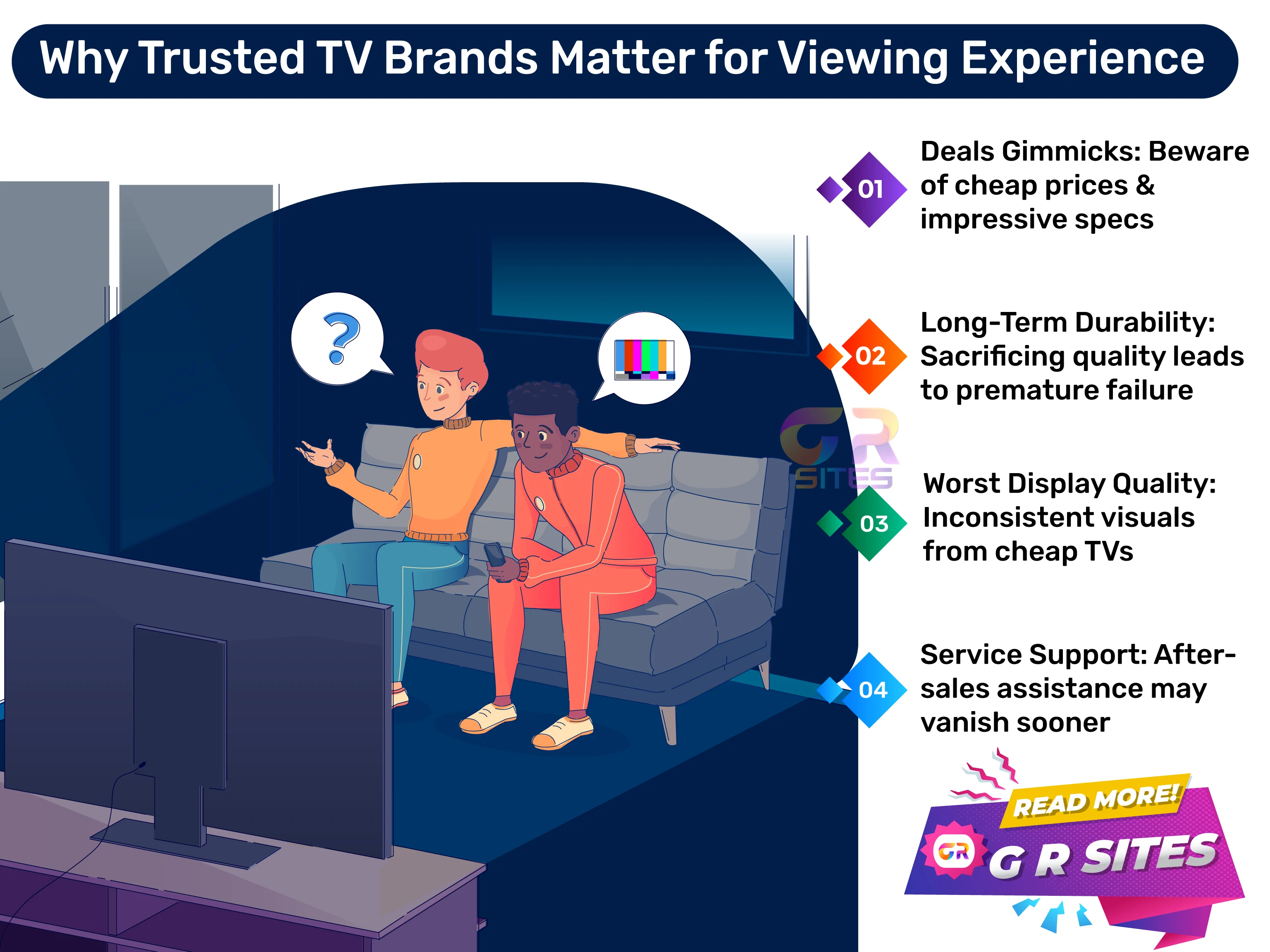Let’s face it—physical hard drives are becoming a thing of the past. They’re bulky, prone to failure, and let’s not even get started on how easy it is to lose them. Enter OneDrive for Mac, a reliable and seamless cloud storage solution that’s saving users time, money, and stress.
Sure, the initial subscription might seem pricey, but when you consider the perks—automatic backups, easy file recovery, and the convenience of accessing your data anywhere—it’s a no-brainer. So, is OneDrive for Mac the best option for cloud storage? Let’s break it down.
Why Physical Hard Drives Are Outdated
Gone are the days when external hard drives were the gold standard for data storage. While they had their moment, modern storage needs have outgrown their limitations.
- Prone to Failure: Hard drives are mechanical devices, and all mechanical devices fail eventually. From corrupted sectors to total crashes, relying on them for critical backups is risky business.
- Cumbersome to Manage: Managing physical drives is a hassle. You’ve got to label them, store them, and plug them in every time you need to transfer or retrieve data.
- Limited Accessibility: With physical drives, you can only access your files when you have the device on hand. Forget about seamless access on the go.
- Susceptible to Loss or Damage: Hard drives can be stolen, lost, or damaged by something as simple as a coffee spill. With cloud storage, your data remains safe and sound online.
OneDrive isn’t just another cloud storage solution—it’s a game-changer, especially for Mac users. Its seamless integration and thoughtful features make it stand out.
- Automatic Backups: OneDrive ensures that your files are always up to date. Whether it’s a new presentation or edits to your photos, everything syncs automatically without lifting a finger.
- Version Recovery: Accidentally deleted a file or made unwanted changes? OneDrive has you covered with version recovery for up to 30 days. That’s a lifesaver for both work and personal files.
- Cross-Device Access: With OneDrive, your files are accessible anytime, anywhere—whether you’re on your Mac, iPhone, or even a borrowed PC. No more lugging around external drives.
- Secure and Scalable Storage: Security is a top priority with OneDrive. It offers robust encryption and scalable storage plans, so you only pay for what you need.
At first glance, the subscription fee for OneDrive might seem steep. But when you dig into the details, it’s clear that the value far outweighs the cost.
- Affordable Compared to Alternatives: While competitors like Google Drive or Dropbox also offer cloud storage, OneDrive’s pricing aligns well with its feature set, particularly if you’re already in the Microsoft ecosystem.
- Saves Money in the Long Run: Think about the costs of replacing failed hard drives or recovering lost data. OneDrive’s subscription is a small price to pay for peace of mind.
- Bundled with Office 365: Here’s the kicker: many OneDrive plans come bundled with Office 365. So, not only do you get storage, but also access to Word, Excel, and more—making it a value-packed deal.
- Time Is Money: OneDrive’s automation and ease of use save you hours in manual backups and file management, freeing you up to focus on what matters most.
Comparison Table: OneDrive vs. Physical Hard Drives
|
Feature |
OneDrive for Mac |
Physical Hard Drives |
|
Accessibility |
Anywhere, Anytime |
Limited to Device |
|
Reliability |
Highly Secure |
Prone to Failures |
|
Version Recovery |
Up to 30 Days |
Not Available |
|
Cost Over Time |
Affordable |
Expensive Long-Term Maintenance |
My final thoughts: Embracing the Cloud
In today’s fast-paced, digital-first world, clinging to outdated hard drives just doesn’t cut it anymore. OneDrive for Mac offers a seamless, reliable, and cost-effective alternative that simplifies storage and backup.
With its robust features—automatic syncing, version recovery, and secure cloud access—OneDrive proves that the initial subscription cost is worth every penny. It’s time to ditch the old ways and embrace the future of storage. Trust me, once you go cloud, you’ll never go back.







